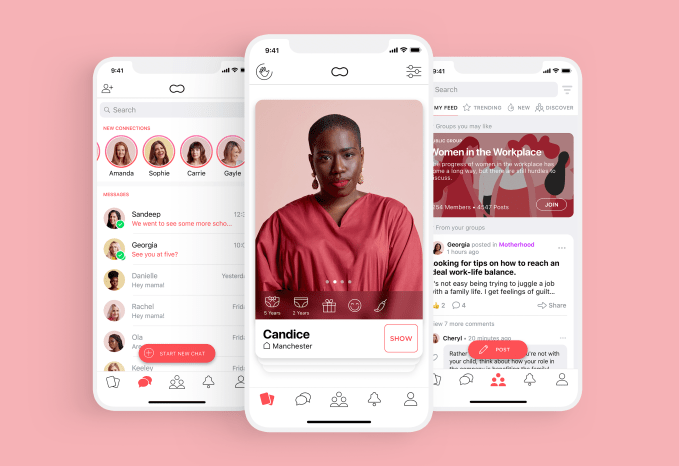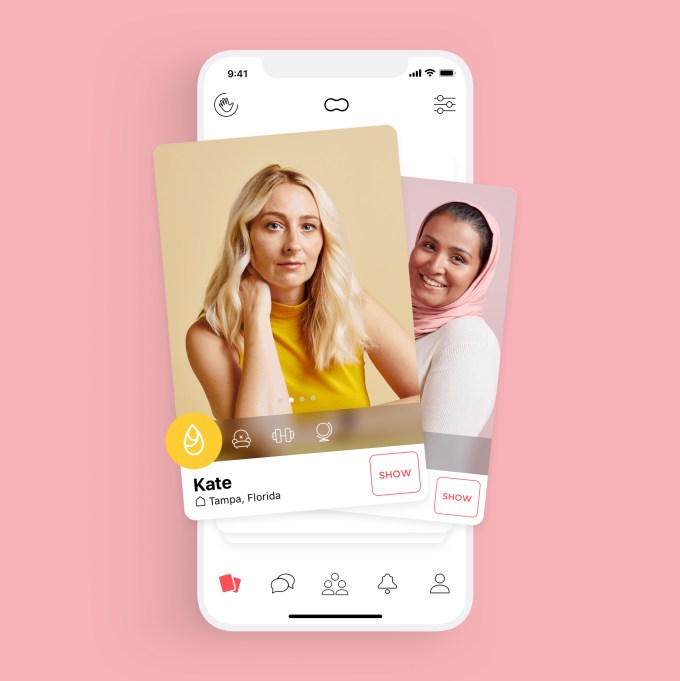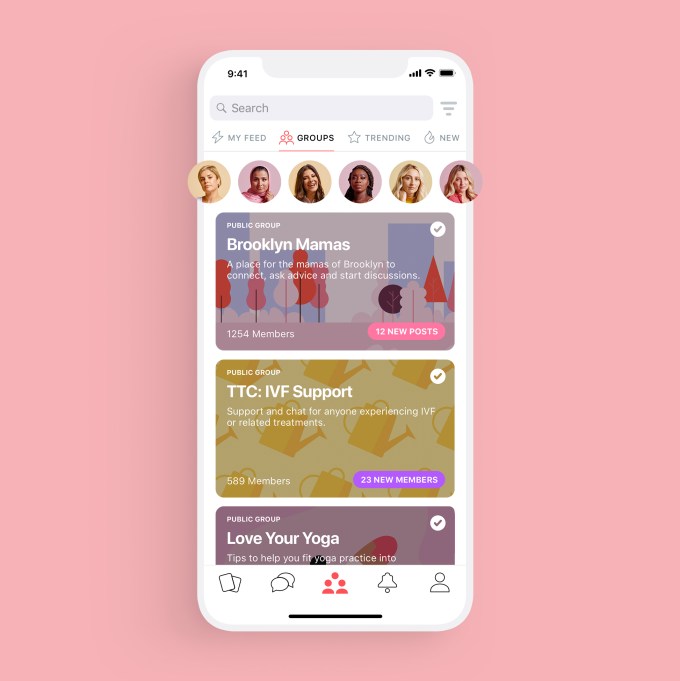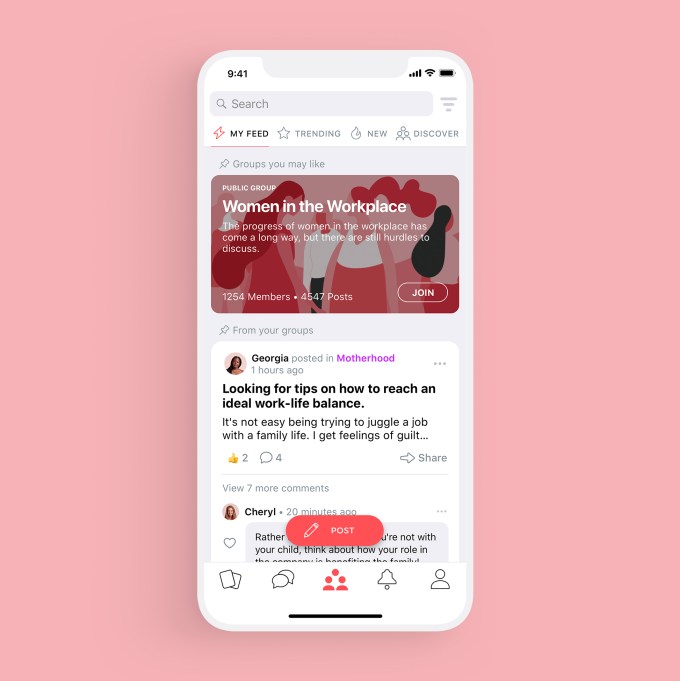Stand-up comedy is a great way to entertain yourself online. Whether you want to watch the best stand-up comedians in their element or just enjoy some laughs during a tough time, there’s plenty of comedy available to watch on YouTube.
In this article, we look at some of the best stand-up comedy videos on YouTube. Of course, comedy is subjective, so you may not agree with our picks. However, we hope everyone will find something to laugh at in this short collection.
1. Kevin James: Sweat the Small Stuff
Kevin James, known for his starring role in The King of Queens and some film acting, picks fun at the little annoyances of everyday life in this special from 2001. Topics include the economics of ordering pizza with friends and people who leave annoying messages on the phone.
With the relatable topics and some enjoyable physical humor, it’s a routine that you can enjoy alone or with family or friends.
2. Brian Regan: I Walked on the Moon
Brian Regan is a great source of clean stand-up that can still make you howl. His caricature impersonations of whoever he’s discussing are enjoyable, and he’s not afraid to be self-deprecating either.
This special is Regan at his best, with observational comedy about shipping packages, the pains of flying, and walkie-talkies. The routine gets its name from the final bit, which is essential viewing.
3. Josh Sneed: Life’s Better When You’re Fat
One of the best routines on the Dry Bar Comedy channel comes from Josh Sneed. This set looks at the ridiculousness of combining Taco Bell and Long John Silver’s restaurants, strange people at garage sales, and lousy family vacations.
All the bits here flow well, and the focus on food makes it relevant to almost everyone.
4. Jim Gaffigan: Hot Pockets!
This clip from Gaffigan’s Beyond the Pale special exemplifies his type of comedy: everyman takes that often focus on food. In this segment he talks about Hot Pockets, the microwaveable food that nobody really enjoys eating.
It’s become one of his signature bits, and serves as a great sample of his work. While you won’t find high-quality full routines of Jim Gaffigan on YouTube, you can find many clips from his various specials on his channel.
5. Dave Burleigh: Dancing With the Stars Is Irrelevant
This special from Dave Burleigh is full of variety. He starts out with some impressions of how celebrities would sound on Dancing With The Stars. After some traditional material, he then goes into a final phase where he plays the piano and tells some great one-liners.
It’s fun to hear something a little different, so give it a look if you enjoy impressions.
6. George Carlin: Soft Language
George Carlin’s comedy routines were known for interesting reflections on life and culture. This bit is a great example of that—Carlin talks about the gradual softening of the English language that happened in America over the years. For instance, “used cars” became “pre-owned vehicles.”
It’s interesting to compare the examples given in this 1990 special and how language has further changed decades later. You’ll laugh at this, but, like all of the best comedy, it will also make you take a closer look at life.
While we’ve mostly tried to stick to clean comedy here, note that this clip contains a few instances of swearing.
7. Sinbad: Brain Damaged
You might know Sinbad from his appearances in comedy movies like Jingle All the Way. Before those, he was known for stand-up comedy. Brain Damaged was his first stand-up special, which appeared on HBO in 1990.
In this video he looks at dealing with frustrating people at McDonald’s, how people change as they go through relationships, and even throws a bit of dancing and signing in too. Sinbad’s cool demeanor makes this a fun routine to watch even today.
8. Jerry Seinfeld: I’m Telling You for the Last Time
If you’re more used to seeing him on TV it’s easy to forget that Jerry Seinfeld is a stand-up comedian. Topics from this routine include the struggles of Halloween as a child, deciding on drugs at the pharmacy, and amateur horseback riding. He moves from one bit to the next smoothly in his element of observational comedy.
For those who’ve finished watching Seinfeld and are looking for more of his humor, this 1998 special is great. Otherwise, you might enjoy the best 90s sitcoms on Hulu.
9. Steven Wright: A Steven Wright Special
If you’re looking for something a little different in your stand-up, give Stephen Wright a listen. His deadpan delivery combined with hundreds of one-liner jokes is quite magnetic. He’s also known for a lot of irony and strange jokes.
This is one of the densest specials here, with very little filler. You’ll have to pay close attention to absorb it all—it’s amazing how much Wright came up with.
10. Dwayne Perkins: Don’t Name Your Kids Something Stupid
While you might not have heard of Dwayne Perkins, we think you’ll enjoy this rapid-fire special regardless. He discusses parents giving their kids weird names, experiences growing up with his grandmother, shopping at the dollar store, and much more.
Perkins is a likable comic, and like everything on Dry Bar, his comedy is family-friendly.
Where to Find the Best Stand-Up Comedy on YouTube
We’ve picked out a sample of mostly clean comedy routines for you to enjoy. While you hopefully enjoyed a few of them, no two people will find the same comics, topics, or styles of comedy funny.
Because of this, we conclude with a few YouTube channels dedicated to stand-up comedy where you can find a lot more material. Note that not all of these are clean, however:
- Dry Bar Comedy: A channel full of clean stand-up comedy that posts new videos every day. You’ll find full specials as well as clips. Not all of them are hilarious, but there’s a lot of good family-friendly material here.
- LOL Network Stand-Up!: On this channel, you’ll find a collection of clips from comedians throughout the years. New videos aren’t uploaded too often, but there’s a good back catalog to enjoy.
- Just For Laughs: The official channel for the Just For Laughs Comedy Festival has tons of clips from a variety of comics and uploads regularly, so there’s always something new to enjoy.
Of course, you can find stand-up comedy content on all over YouTube, so if there’s a specific comedian you’re interested in, just do a quick search. The channels above are great if you don’t know where to start, though.
Cracking Up With Comedians on YouTube
We could all use a laugh every now or then, and YouTube has some of the best comedy routines to enjoy at any time. Once you start watching a few, YouTube will recommend more that you’ll like.
Don’t forget that YouTube is home to lots of other great content too. Check out some of the best trivia YouTube channels to learn something new, or discover the most-relaxing YouTube channels to chill out to.
Read the full article: The Funniest Stand-Up Comedy Videos on YouTube
 “When we started planning Android 11, we didn’t expect the kinds of changes that would find their way to all of us, across nearly every region in the world,” Google’s Android team writes today. “These have challenged us to stay flexible and find new ways to work together, especially with our developer community. To help us meet those challenges we’re announcing an update to our release timeline.”
“When we started planning Android 11, we didn’t expect the kinds of changes that would find their way to all of us, across nearly every region in the world,” Google’s Android team writes today. “These have challenged us to stay flexible and find new ways to work together, especially with our developer community. To help us meet those challenges we’re announcing an update to our release timeline.”
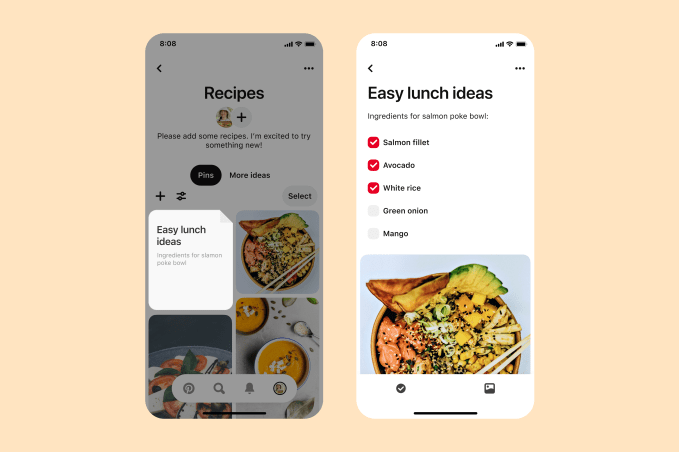


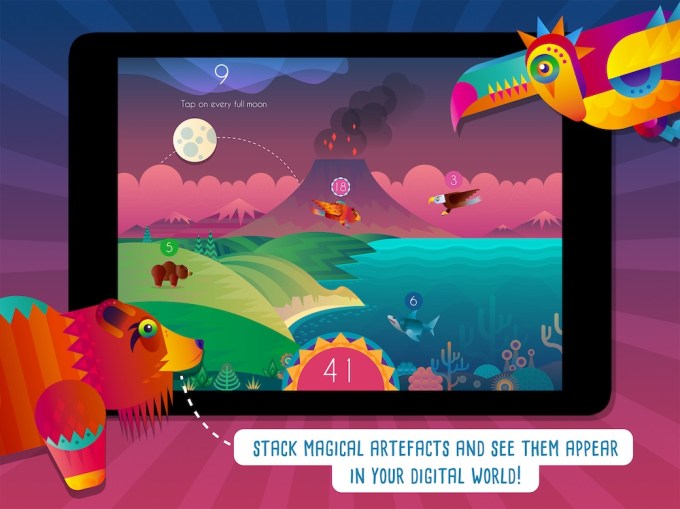
 of Twitter, so we’re testing ways to make them easier to read and follow.
of Twitter, so we’re testing ways to make them easier to read and follow.